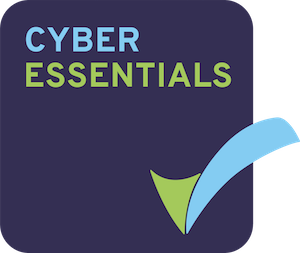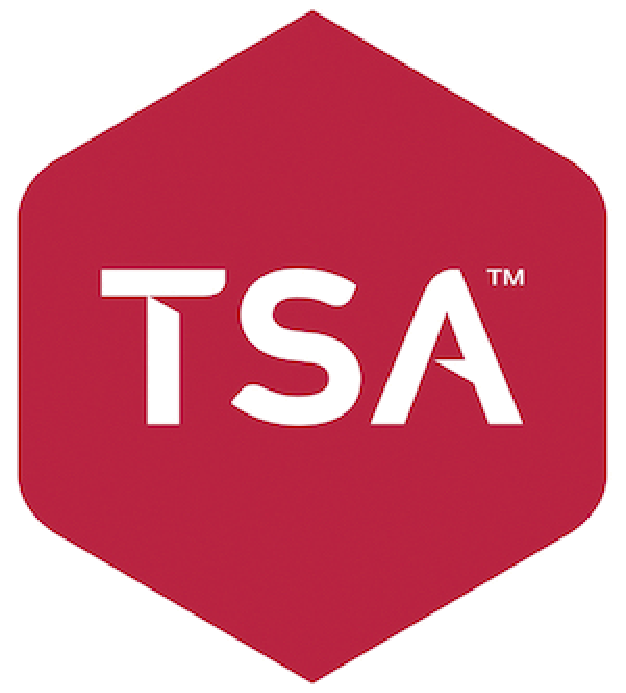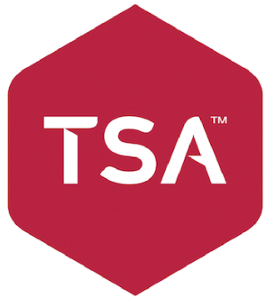As an employer, you have a responsibility to look out for the welfare of your workers. This becomes especially important if you work in a high-risk industry or if you employ lone workers. Risk assessments are an important method of supporting their wellbeing.
What is a Risk Assessment?
A risk assessment can be both a process and a document used in your workplace.
As a process, risk assessments involve identifying hazards that are likely to cause harm to employees and/or visitors. They then analyse the methods that have been implemented to control these risks.
When performing a risk assessment, it is important to remember that the words “hazard” and “risk” have different meanings.
The Difference Between a “Hazard” and a “Risk”
Hazards are things that can cause harm in a workplace. When performing a risk assessment, hazards include elements such an electricity and chemicals, as well as tasks such as working from height and organisational factors like understaffing.
A risk is the likelihood of a person being harmed by a hazard. It asks whether there is a low, medium, or high chance of injury or illness as a result of the hazard.
Legal Requirements
Under the Management of Health and Safety at Work Regulations 1999, every employer must conduct a risk assessment for the jobs performed by their workers. If they are not able to do so themselves, they must appoint a competent individual to complete it on their behalf. Any company that hires five or more employees must record a risk assessment either digitally or on paper.
The results of a risk assessment should also specify which groups of employees are particularly at risk. These may include young, pregnant, or disabled employees.
The Importance of Risk Assessments
Completing a risk assessment is crucial for ensuring the safety of your workers. As well as being a legal requirement, it is also common sense to implement effective risk management. Accidents and injuries can have a major negative impact on a company, including fines, loss of staff, and poor publicity. Therefore, it is in a business’s best interests to identify and minimise risks.
Furthermore, a risk assessment is a reasonably simple method of controlling workplace risks.
How to Complete a Risk Assessment
The Health and Safety Executive (HSE) has established a five-step process for completing a risk assessment. By following this system, risk assessments can be completed efficiently, ensuring staff are kept safe.
Step 1: Identify Potential Hazards
Hazards exist all around the workplace. When completing a risk assessment, it is important to think about everything that could cause harm. Consider:
- The equipment used and how it is operated.
- Chemicals or substances that are present in the workplace.
- Whether any work practices are unsafe.
- The tidiness and cleanliness of the work area.
You can further identify risks by referring to any accident or sickness records. These can help you identify hazards that might not be obvious on first glance. For example, are staff going off sick after performing a certain task?
You should also consider tasks that are performed less regularly. Are there any hazards linked to cleaning a piece of equipment? What about maintenance?
Another method of identifying risks is to consult your staff. As they carry out the jobs, they are more likely to notice potential hazards. It also gives them the opportunity to voice any concerns.
When identifying hazards, it may also be beneficial to note down who is most at risk. For example, manual handling tasks will pose a particularly high risk for employees with musculoskeletal disorders.

Step 2: Assess the Risks
Once the hazards have been identified, you will need to determine how likely it is that someone will be harmed. Moreover, you should consider how serious that harm could be. For example, would it be a short-term injury such as a pulled muscle, or something more serious? Risks could be as severe as fatalities in some cases.
When assessing the risks, you should determine:
- Who is likely to be harmed and how?
- What measures are in place to control the risks?
- Is further action needed to control the risks?
- Who needs to perform this action?
- When must the action be implemented?
Step 3: Control the Risks
There is no use performing a risk assessment if you do not act upon your findings. A risk assessment is used to control the risks in your business. You should consider what actions are already in place and identify how they can be improved upon.
Ask yourself whether it is possible to remove the hazard altogether. If not, what measures can be implemented to control the risks and reduce the likelihood of harm?
Some considerations include:
- Rethinking how the job is performed.
- Using different materials or machinery.
- Organising the job in a manner that reduces exposure to hazards.
- Ensuring employees are adhering to guidance.
- Providing workers with personal protective equipment.
You are not expected to remove all risks from a workplace. However, you need to do everything that is ‘reasonably practicable’ to protect people from harm. This means finding a balance between the level of risk and the money or time needed to address it.
Step 4: Record Your Findings
As aforementioned, if your business employs five or more people, you must keep a written record of your risk assessments. These records will specify what hazards have been identified, who might be harmed and how, and what measures have been put in place to control these risks.
Risk assessments should be recorded either digitally or on paper. They should be kept where they can be easily accessed. If you are uncertain how to record a risk assessment, the HSE have templates and examples available to download.
However, ensure that measures are properly implemented, not merely recorded.
Step 5: Review the Controls
The controls you have implemented as part of your risk assessment must be regularly reviewed. This will help you ensure they are working. Doing so may also help you identify additional measures.
Reviews should also be carried out if:
- The measures may no longer be effective.
- There are changes in the workplace that could lead to new risks.
These changes could include new or leaving staff, a change of process, or new equipment. A review should also be considered if workers have reported any problems or if there have been any accidents or near-misses.
Whenever changes are implemented, they must be recorded on your risk assessment record.
Dynamic Risk Assessments
It is impossible to predict every risk that may be encountered when working. Therefore, it is important that employees are carrying out dynamic risk assessments.
A dynamic risk assessment involves a worker identifying hazards as they arise and determining methods of controlling any risks. Dynamic risk assessments are particularly important in roles that require employees to travel to other properties. Roles like this include:
- Electricians.
- Plumbers.
- Real estate agents.
- Delivery drivers.
- Social workers.
Often, these roles are carried out by lone workers. These employees should be trained to identify hazards and assess risks in any new location. They should also assess risks when working with new people or equipment.
However, it is important that dynamic risk assessments are used alongside formal risk assessments. If an employee feels a risk is likely to present itself again, it should be recorded. Measures should also be implemented to mitigate this risk in future.
Protecting Lone Workers
Lone workers will often find themselves at higher risk than other employees. This is because they are working without supervision or easy access to help. If an accident occurs, they may not be able to request support.
Reducing this risk can be accomplished with lone worker alarms. A lone alarm is a discreet device that can be easily activated in an emergency. When a lone worker activates their alarm, it alerts a 24/7 Monitoring Centre. A member of the team will then speak to the worker through their alarm to assess the situation. They will alert emergency contacts and, when necessary, the emergency services.
Furthermore, lone alarms come fitted with fall detector and GPS locator technology. This means that help can be sent directly to an employee if they are knocked unconscious by a fall.
To find out more about lone alarms, be sure to visit our Features page. Alternatively, you can speak to one of our team by calling us on 0800 03 08 222.
Editor’s Note: This article was updated on 22nd May 2024 to reflect current information.












